BAROQUE SPLENDOUR OF VENICE: Tiepolo and Contemporaries.
Date: June 3rd – October 1st, 2017 – Opening June 2nd 2017
Location: MUO – Museum of Arts and Crafts – Zagreb
Curator: Miroslav Gasparovic, Giovanni Carlo Federico Villa.
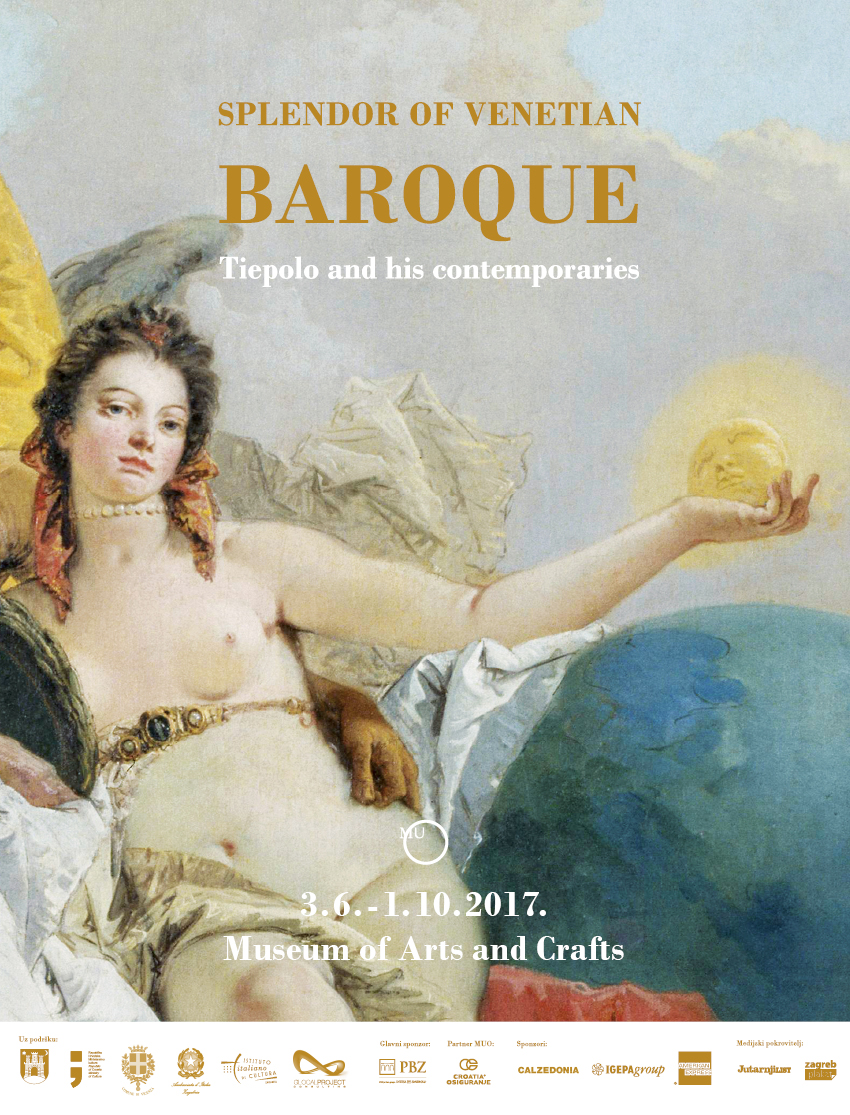 Baroque Splendour of Venice – Tiepolo and Contemporaries – is an exhibition that provides a unique insight into Venetian Baroque painting and presents a number of the masterpieces of the period.
Baroque Splendour of Venice – Tiepolo and Contemporaries – is an exhibition that provides a unique insight into Venetian Baroque painting and presents a number of the masterpieces of the period.
The carefully selected works of Giambattista Tiepolo and Giandomenico Tiepolo and other important representatives of the Venetian painting circle of the 18’th century such as Giambattista Piazzetta, Marco Ricci and Sebastiano Ricci, Giambattista Pittoni, Francesco Aviani, Giuseppe Zais and many others come from the extensive holdings of the Pinacoteca Civica di Vicenza, housed in the Renaissance Palazzo Chiericati of the great Italian Renaissance architect Andrea Palladio.
The most important name of the exhibition is of course Giambattista Tiepolo (Venice 1696-Madrid 1770), unquestionably the prime figure of the “galant century”, whose life was full of successes and magnificent commissions in Venice and surroundings, as well as in other parts of Europe (in Würzburg and Madrid, for example), without a shadow of doubt one of the greatest of the painters of Venice, one who was much appreciated among the “noble, rich people” who determined his fortune, as he himself remarked.
Organised to accompany the exhibition is a rich programme – a music listening room with attentively chosen musical treats from 18’h century Venice, concerts, lectures, creative workshops, guided tours and souvenirs inspired by the exhibition as well as the finest Baroque objects from the splendid holdings of the MUO – Museum of Arts and Crafts.
Making Of “Tiepolo and Contemporaries”
VENETIAN BAROQUE PAINTING – TIEPOLO
A project for the MUO – Museum of Arts and Crafts in Zagreb (Croatia)
It has been a long and laborious work, and only recently restored to its meaning and its greatness, the fate of Giambattista art legacy and his son Giandomenico Tiepolo. Absolute protagonist of a new short century, which rises with the Arcadian reaction to the Baroque till the beginning of the season of neoclassicism, and the new wave of republican ideal of Jacques-Louis David and the corrosive irony of Goya.
After a life full of successes and great incomes, appreciated by nobles and rich, the greatest painter of Venice was to spend the last years far from home and family, in an increasingly indifferent and inhospitable court, and critized by Winkelmann” Tiepolo uses to produce more works in one day than Mengs in a week, but while (Tiepolo’s) once seen is forgotten, (Meng’s) remain immortal” (source: Dissertation on the power of the feeling of the beauty in art, back in 1763). So his fame eclipsed over the last two decades of the century and dramatic that was the enlightenment, and so it was demolished in the next hundred years, albeit with exceptions. So his fame eclipsed over the last two decades of the century and so remained in the next hundred years, albeit with exceptions.
He was rediscovered at the threshold of the Belle Epoque by Maurice Barres who in 1889 wrote of him that “his works have the desire which follows the great dreams as delicate epicurean prefers.” A lecture- in the key of “luxury, calm and pleasure” – in Paris capital of the arts, where the grandiose fresco snapped at Villa Contarini was droppe, and the Banquet of Henry III, that Edouard André and Nélie Jacquemart shown with great pride in their new home on the boulevard Haussmann.
Today, for us Tiepolo’s Oeuvre has reached the peak of Italian Painting Heritage of all time, having a place of absolute centrality in the art of the eighteenth century.
The century of Giambattista exactly matches the arc of its activity: from 1715 to 1770. Thus in the age of the Enlightenment, but also, the intense and chaotic season of last “Baroque” Tiepolo plays a perfect rule in the season of “Rococo” more decorative and festive, simply denying the triumph of the most rigorous and ideology of “neoclassicismi”. But these are only schemes, that may be discussed and claimed when analyzing an author’s production which is necessarily marked by several novelties, experiments an unconventional marks.
For Tiepolo as well, any labeling attempt is partial: about him even the earliest critics and commentators stressed his capacity to be either a great artist and a hard worker; besides the incredible productivity, a portfolio orders always full, an efficient workshop, to carry out, Tiepolo is the artist of “happiness”. “A fine example of the picturesque happiness, of the brush safety and prompt execution was our Tiepolo, who always found the hand obedient to express on canvas what conceived by the intellect.
Tiepolo happiness seems the closest to the Kantian serenity of “starry sky above me, the moral law within me.” And yet Tiepolo is the author of amazing staging of ancient history, no equivalent for pictorial invention of scenic wealth, in the obvious theatricality that makes it absolutely contemporary and close friend of levity facilitated by Pietro Metastasio, and the sound power of the cantatas profane by Georg Friedrich Händel, highly appreciated in Venice after Agrippina, and the beloved Hasse, “our Saxon”.
In Tiepolo lies a sophisticated painter that represents and embodies a whole age. MUO aims at celebrating Giambattista and Giandomenico Tiepolo along with the importance played by the Venetian painting still in the eighteenth century, in a narrative path that will investigate the major themes of the eighteenth century.
The exhibition is also figured out, to show the exceptional heritage of the Civic Museums of Vicenza, also displaying a complete selection of oeuvres of works by Tiepolo’ contemporaries artists including landscape works, still life, mythological stories, placing the works in the larger scope of their importance to the European pictorial season. And highlighting the significant influences on international painting, A journey through paintings, drawings and etchings able to project ourselves in another century, in a lost dimension but still alive in the collective imagination.
MIROSLAV GASPAROVIC
Director
MUO – Museum of Arts and Crafts
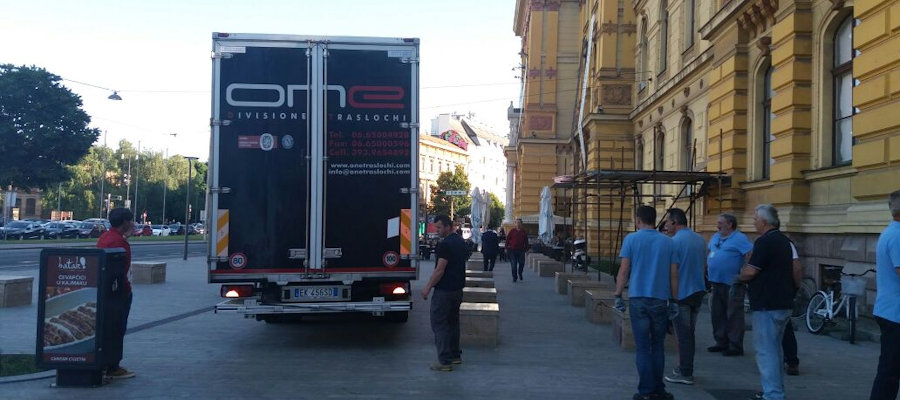
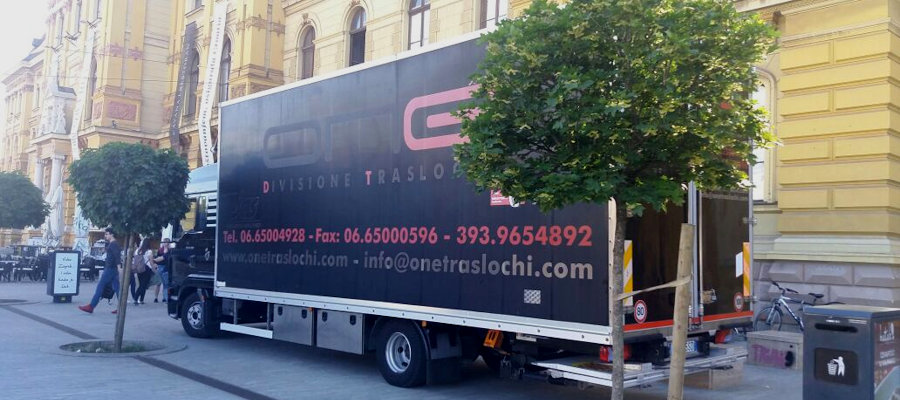
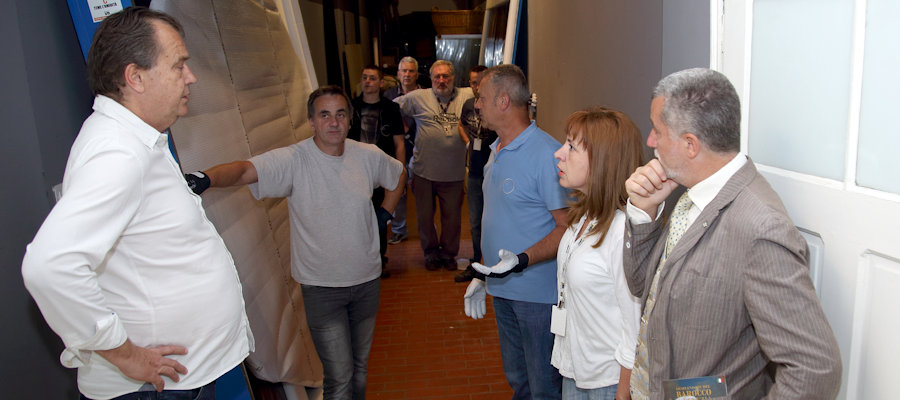
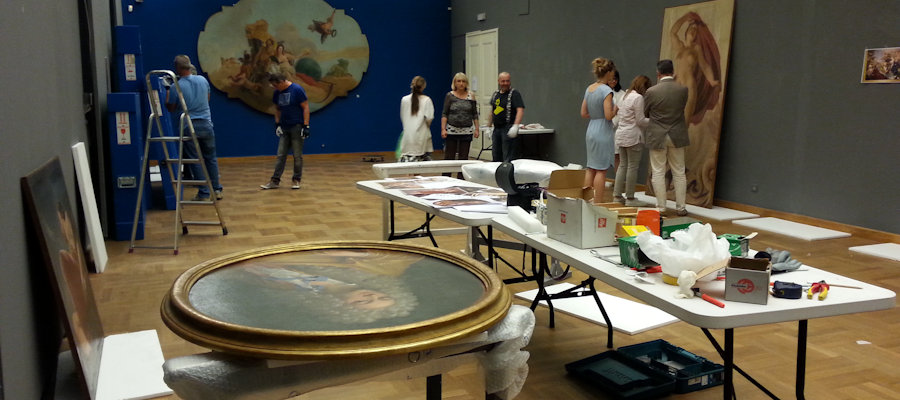
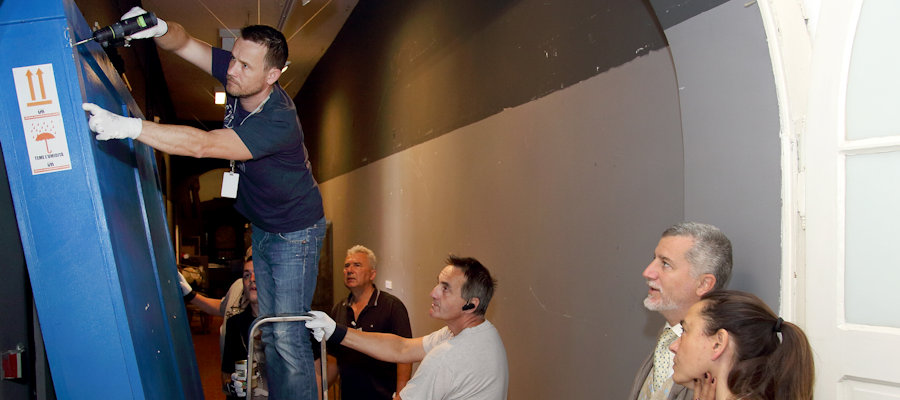
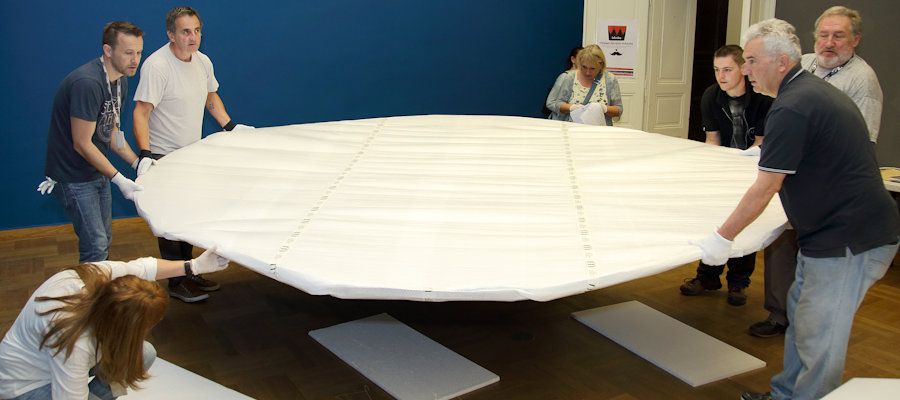
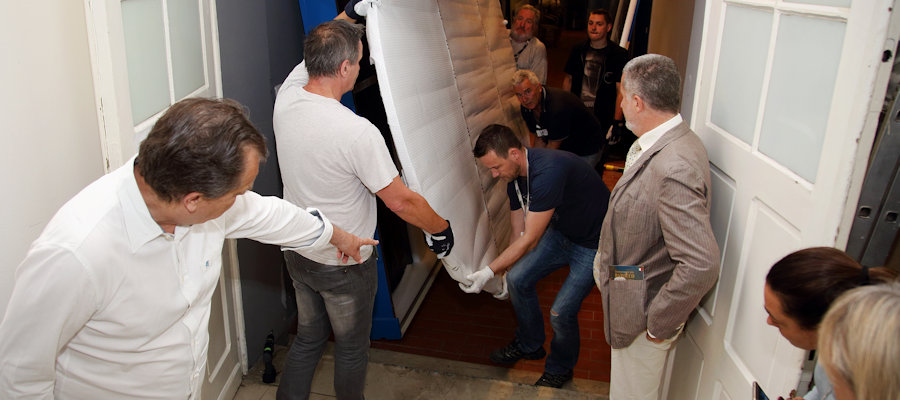
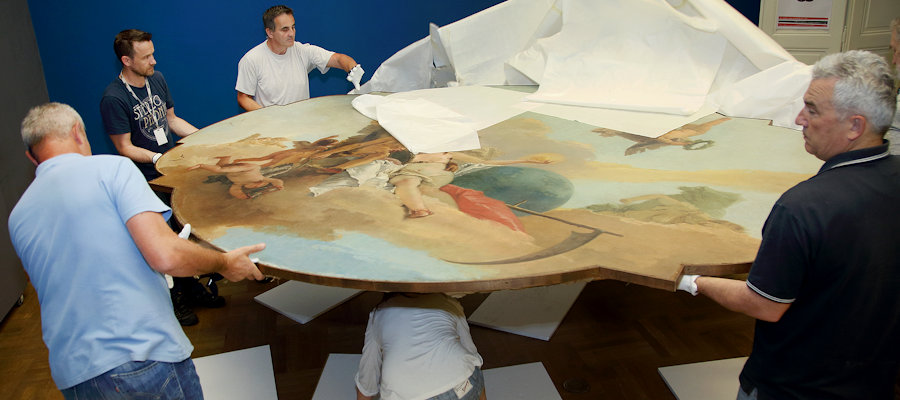
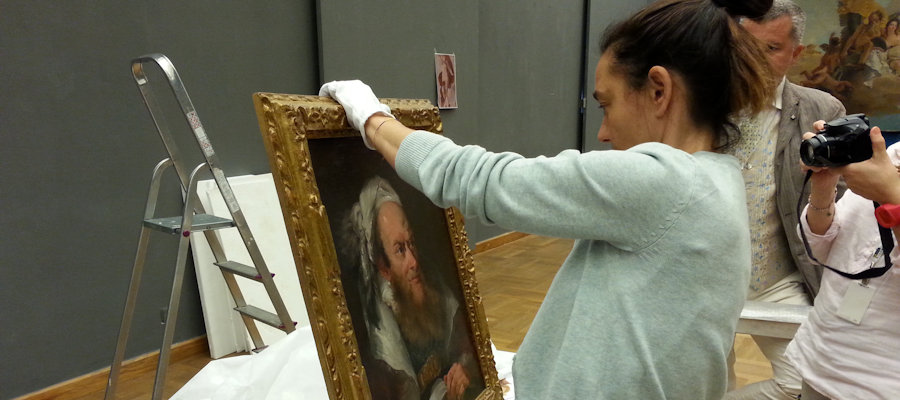
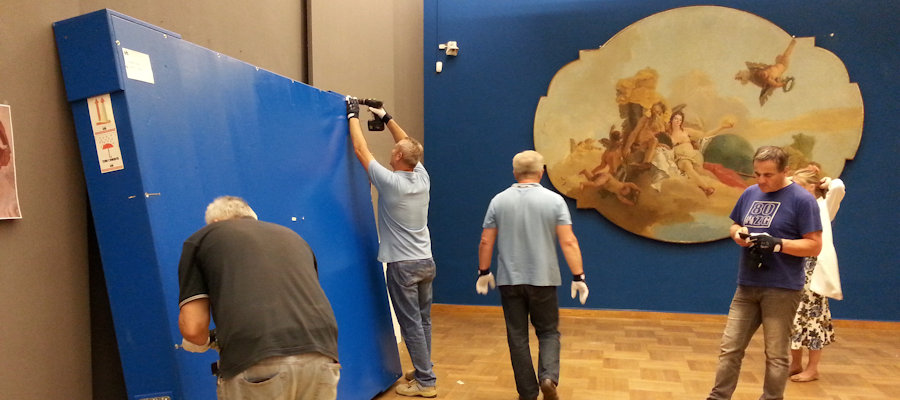
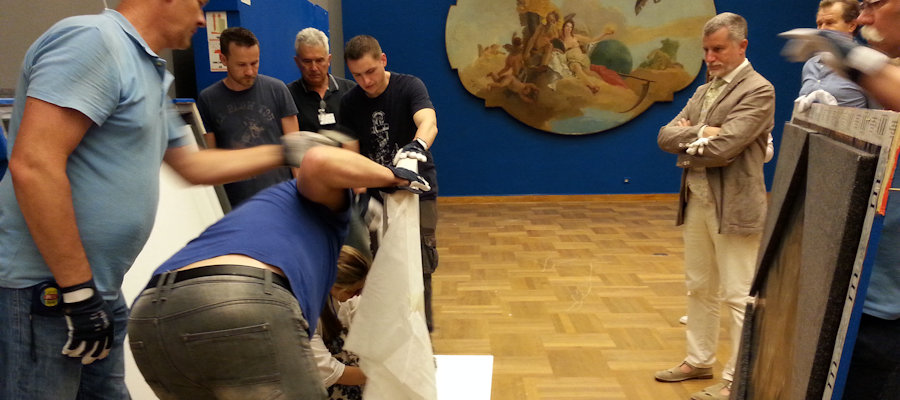
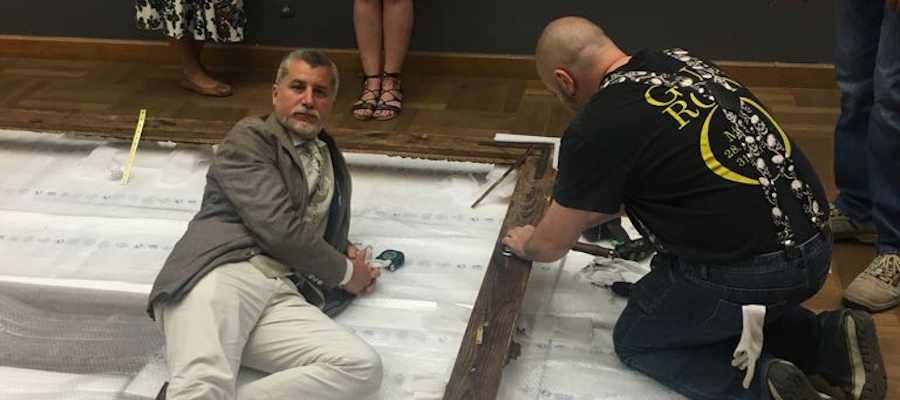
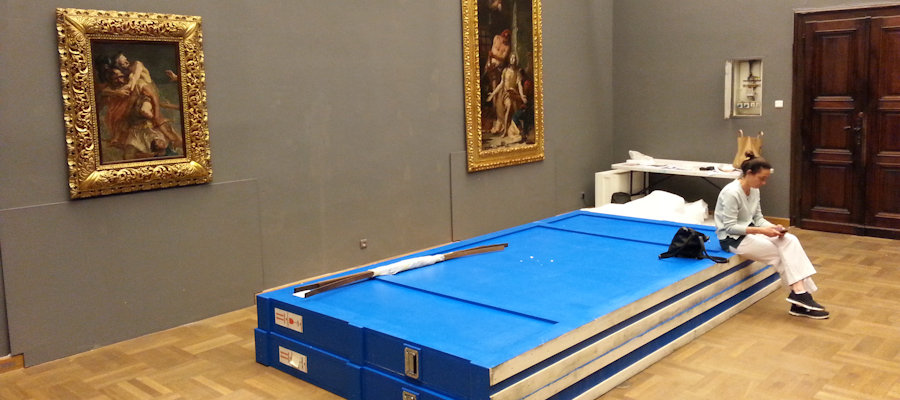
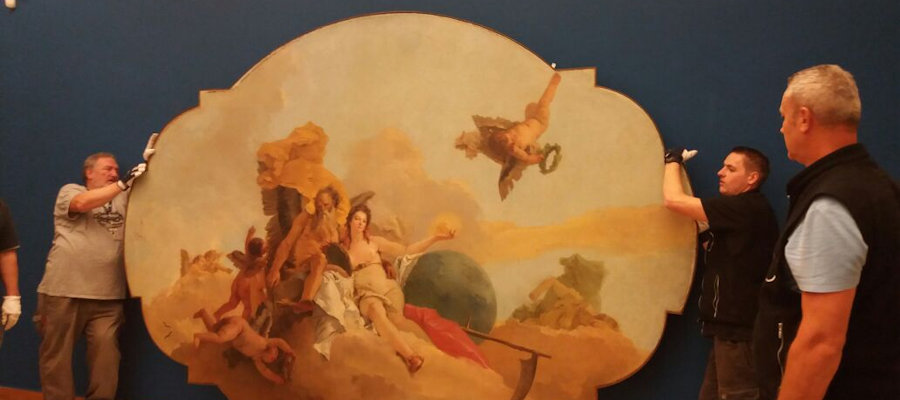
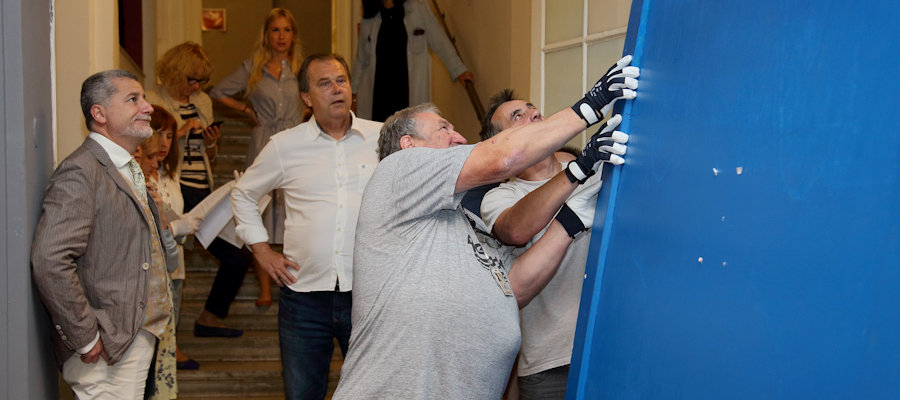
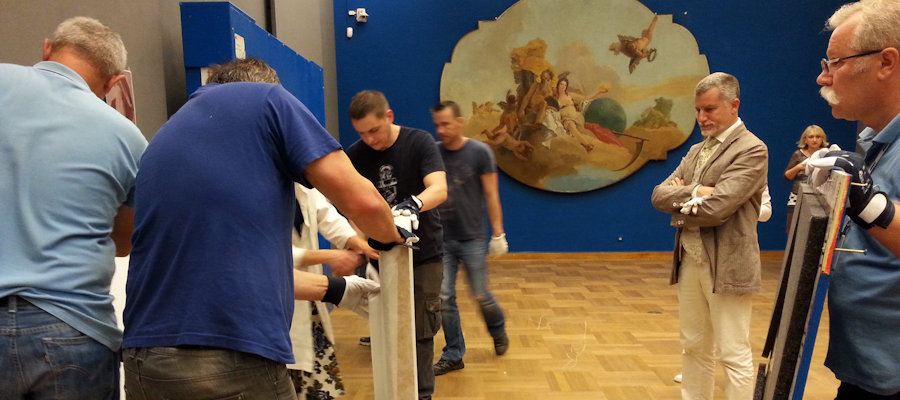
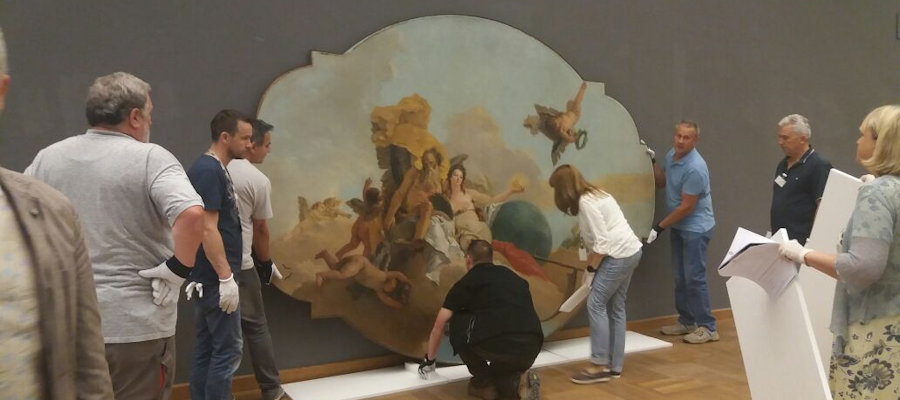
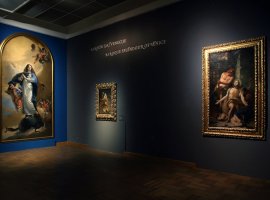
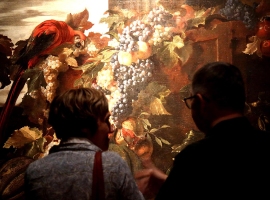
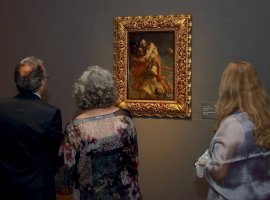
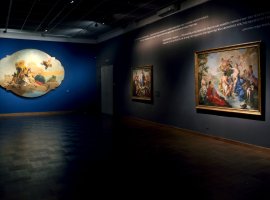
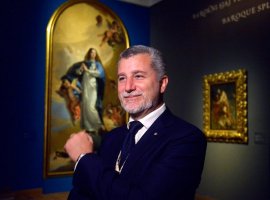
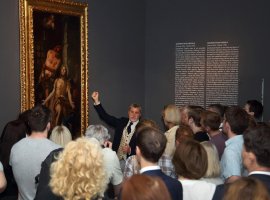
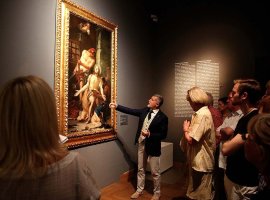
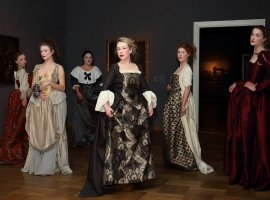
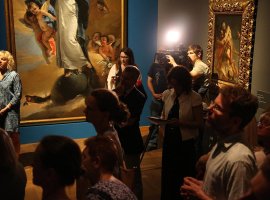
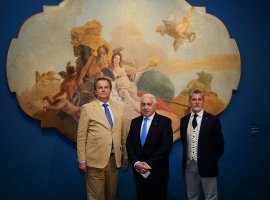
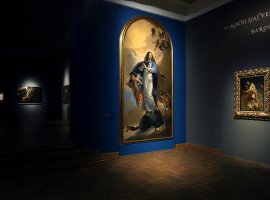
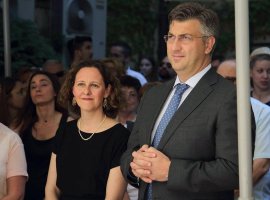
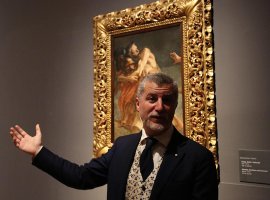
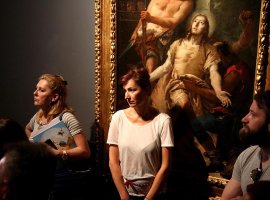
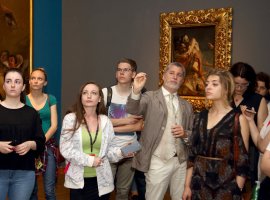
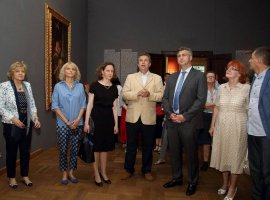
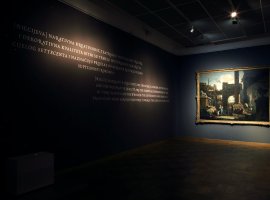
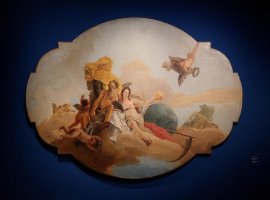

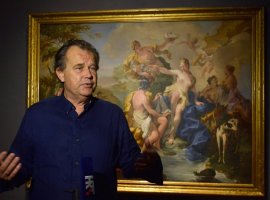
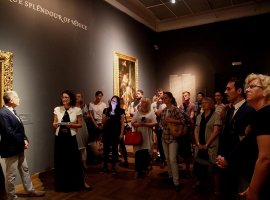
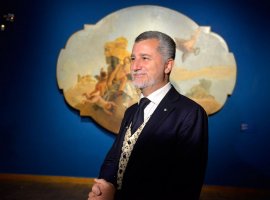

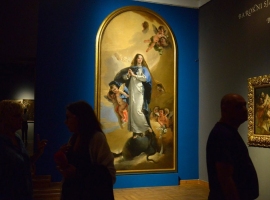
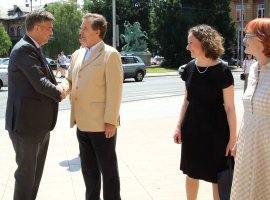
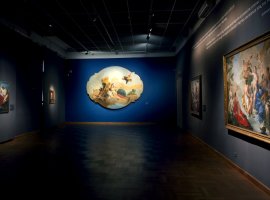
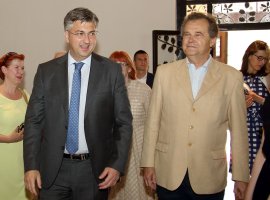
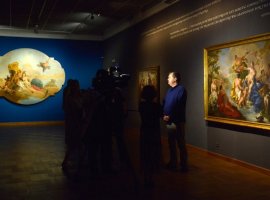
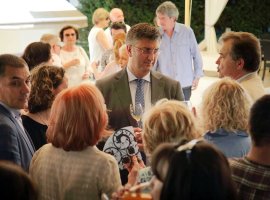
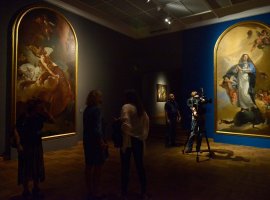
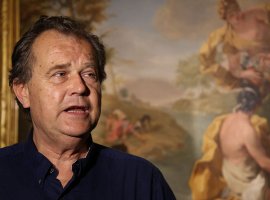
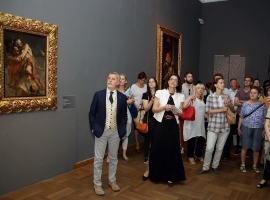
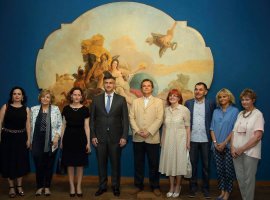

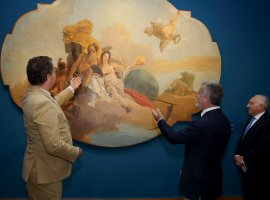
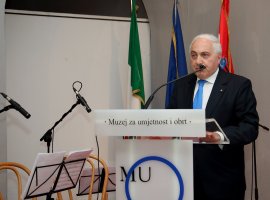
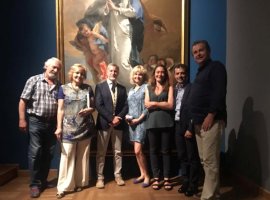
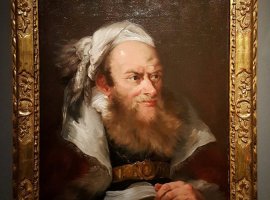
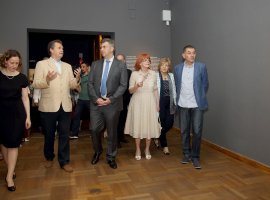
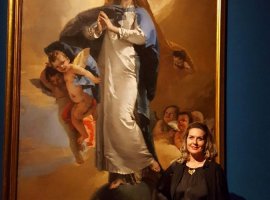
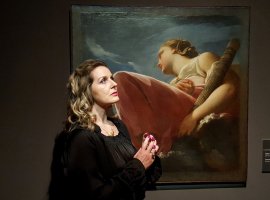
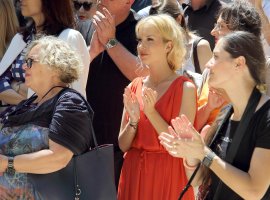
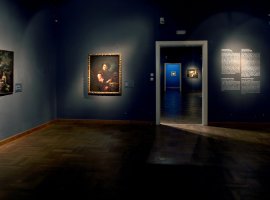
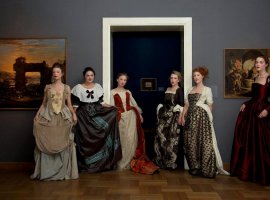
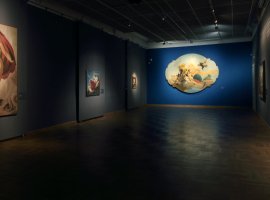
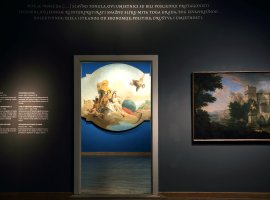
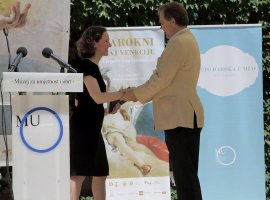
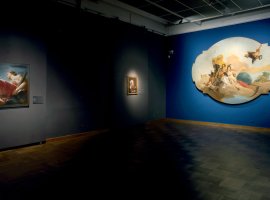
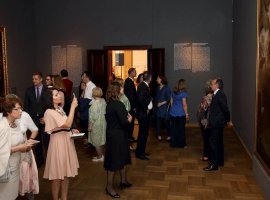
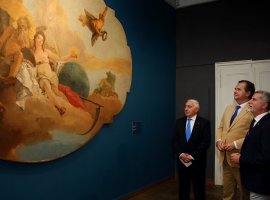
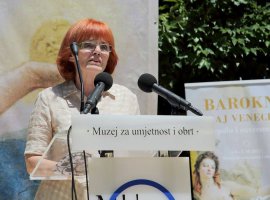
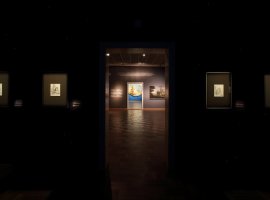
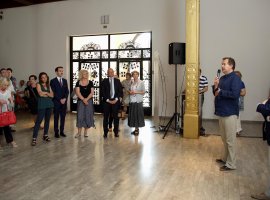
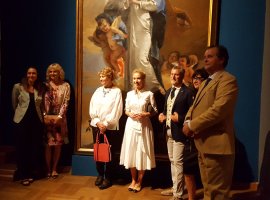
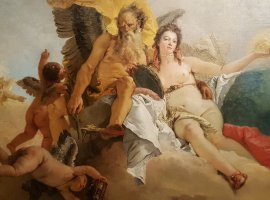

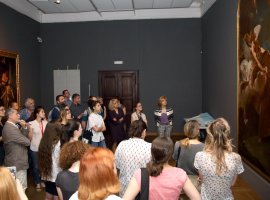

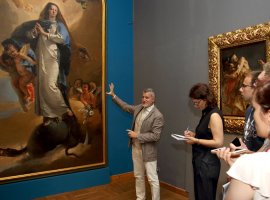
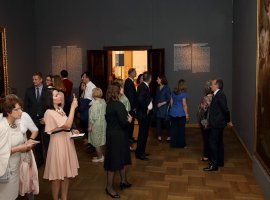
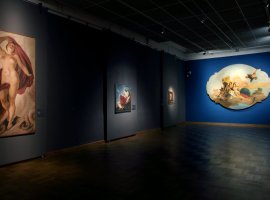
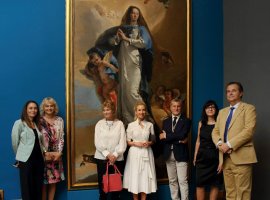
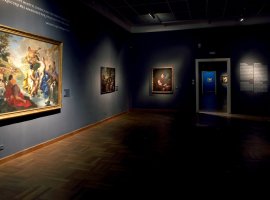
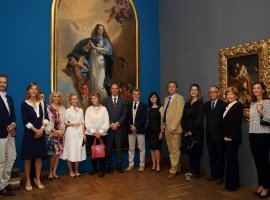
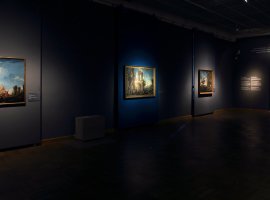
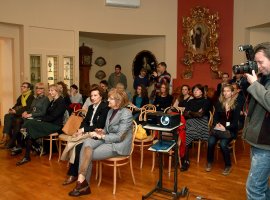
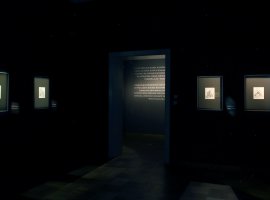
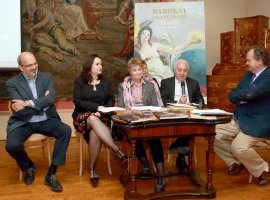
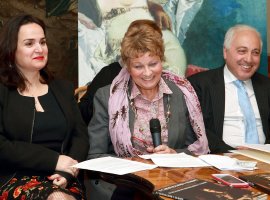
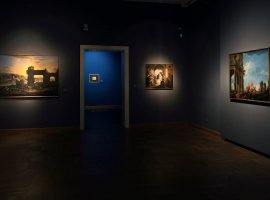
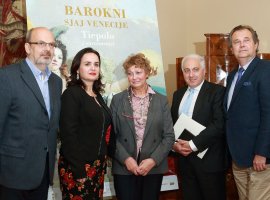
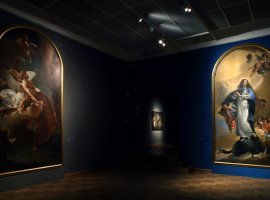

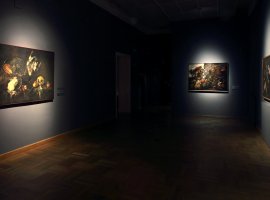
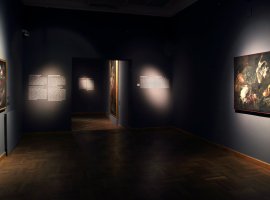
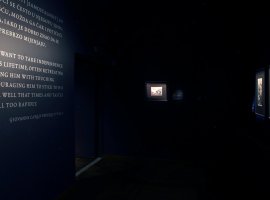
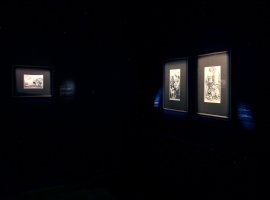
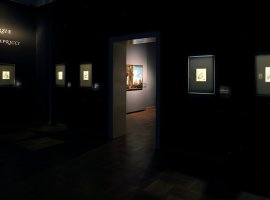
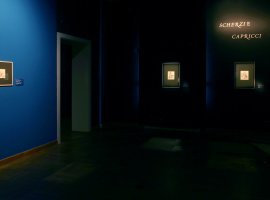
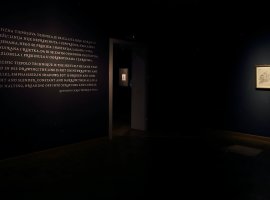
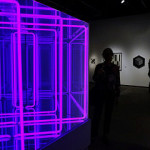 Previous Post
Previous Post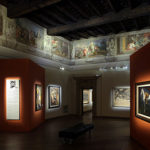 Next Post
Next Post